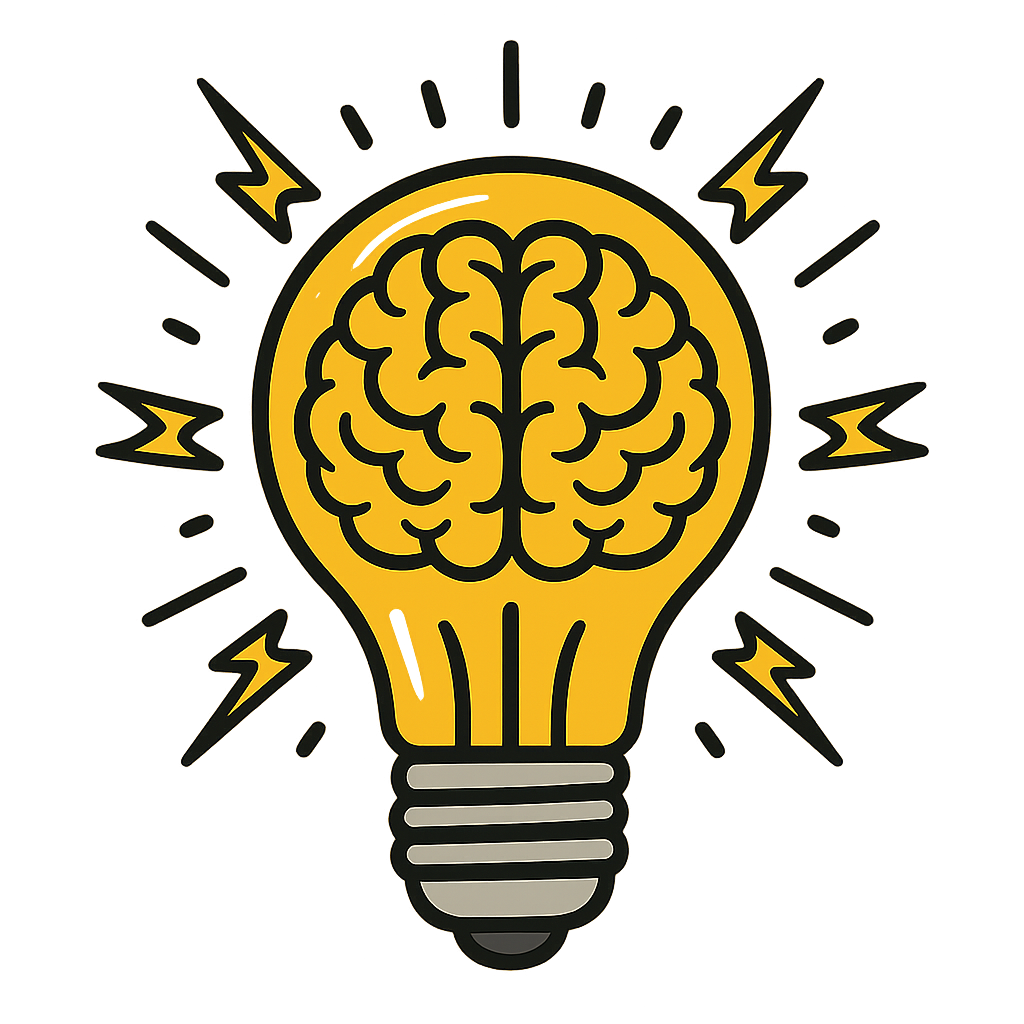⚠️ What’s at Stake
Our Students Are Not Just Distracted—They’re in a Cognitive Crisis
🚨 The Problem Is Bigger Than Behavior
Across the country, classrooms are struggling—not because students are less capable, but because the conditions for learning have eroded.
The combination of dopamine-driven technology, fragmented attention, emotional overload, and irrelevant instruction has created a perfect storm of disengagement.
📉 The Data Is Clear
📱 Screen Time & Fragmented Attention
- The average teen spends 8.5 hours/day on entertainment media—excluding schoolwork. (Common Sense Media, 2022)
- Teens check their phones 100+ times/day, often during class—even when devices are banned. (Pew Research Center, 2023)
- 47% of high school students report being engaged at school—a 15-point drop over the last decade. (Gallup, 2023)
😴 Sleep & Emotional Dysregulation
- 73% of teens do not get the recommended amount of sleep on school nights. (CDC, 2023)
- Chronic sleep deprivation leads to reduced executive function, memory, and impulse control.
- Nearly 1 in 3 teens now report feeling persistently sad or hopeless. (CDC Youth Risk Behavior Survey, 2021)
📉 Motivation & Relevance Gaps
- Only 42% of students say they understand how school learning connects to their future. (YouthTruth Survey, 2020)
- High-achieving students are increasingly disengaged but compliant—driven by performance anxiety rather than genuine interest. (The Disengaged Teen, Brookings, 2024)
🧠 The Four Pillars of Harm
Psychologist Jonathan Haidt and leading neuroscientists warn that the current generation is facing a brain-based health crisis rooted in:
- Social Deprivation – Isolation from in-person connection and co-regulation
- Sleep Deprivation – Overexposure to late-night screens disrupting healthy brain development
- Attention Fragmentation – Constant switching eroding focus, memory, and task persistence
- Dopamine Dysregulation – Brains conditioned to seek stimulation, not sustain thought
⚠️ This Is Not Just a Student Issue—It’s a Systemic One
Educators are burning out trying to engage students with strategies built for a different era. Meanwhile:
- EdTech platforms mimic the same dopamine loops that caused the problem
- Policies focus on cell phone bans—but not attention restoration
- Professional development ignores the neuroscience of how kids actually learn today
❓ So What’s at Stake?
Without a new design for learning, we risk:
- A generation of students who can’t sustain focus or transfer knowledge
- A widening equity gap as overstimulated, under-supported learners fall behind
- A future workforce lacking the deep thinking, empathy, and creativity AI cannot replicate
✅ The R.E.A.L. Framework Is Our Response
We don’t need more gimmicks. We need brain-aligned systems that restore attention, rebuild motivation, and reconnect students to purpose.
This is not optional.
This is the work of our time.
